No Time to Learn
The Performance Improvement Blog
NOVEMBER 13, 2013
The only way to keep pace and maybe even get ahead of the curve is to keep learning. The plea, “I don’t have time to help employees learn,” should be answered with the refrain, “You can’t afford not to help employees learn.” The pace of change is too fast and no occupation is insulated from disruptive innovation.


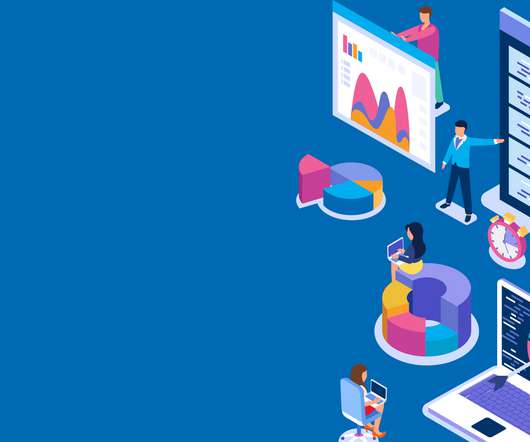


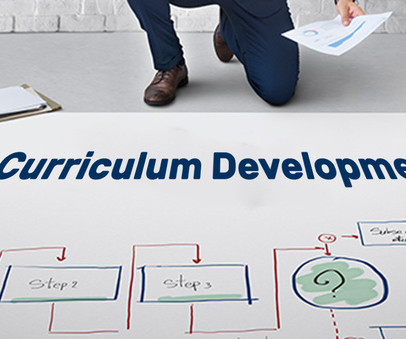







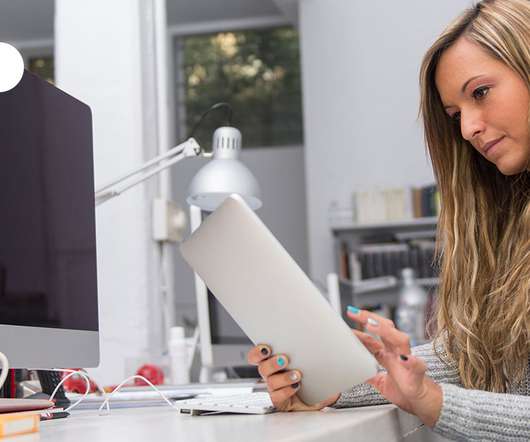
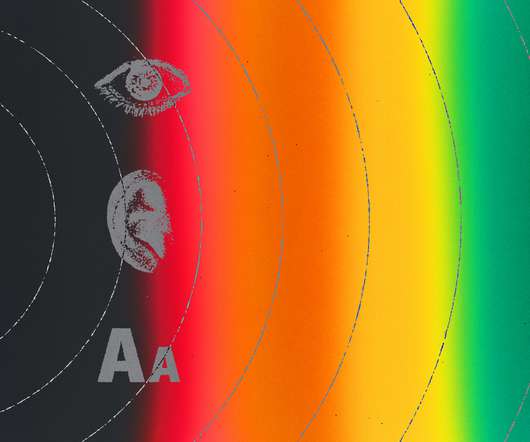












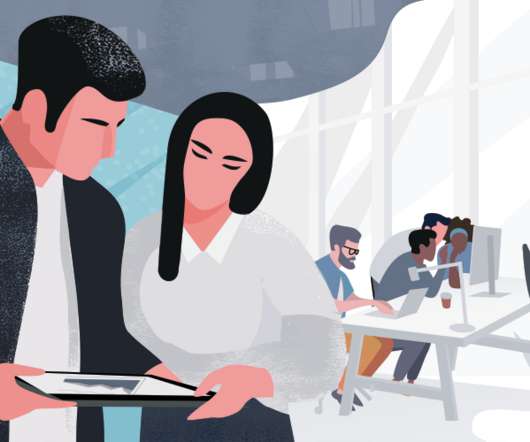














Let's personalize your content